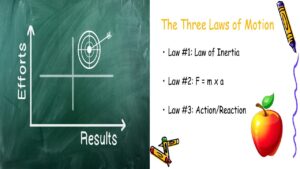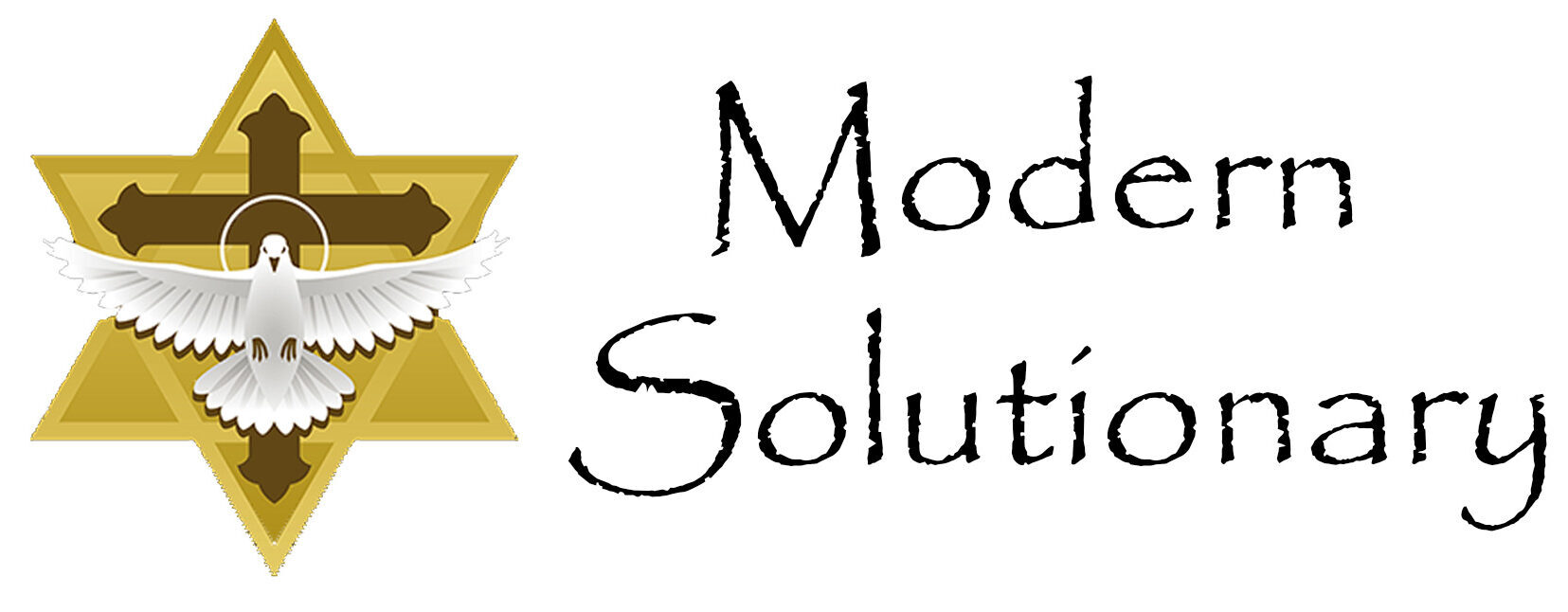“Truth is ever to be found in simplicity, and not in the multiplicity and confusion of things.”
Solutionary, Sir Isaac Newton
I have always been driven to “climb the ladder of success”. I enjoy that metaphor the most because one of my mentors, Zig Ziglar, when speaking on the topic of the goal of success, was fond of saying; “I will see you at the top.” He was not the only one who commonly envisioned success as a state of being higher than the rest of the pack; a journey that calls for the traveler to pay an extra price for getting to a place of distinction. Anyone who ever climbed a mountain or even a hill can attest that the higher you climb the greater the toll, the harder work, and the sweeter the victory.
Have you ever considered why climbing anything is such hard work?
As a Solutionary, I have learned that the answers to that question lie in the Power of the Wisdom of Three. Through my own journey of discovery, I learned how the natural laws, each having only three components, were given to us as a blueprint for the solutions to our problems. In the case of the Laws of Motion, it was Sir Isaac Newton who first identified them, allowing the rest of us to use them to solve all sorts of problems caused or related to movement. Most people think that these natural laws only apply to objects, but I contend that they impact the movement of our physical body as well as our non-physical thoughts, words and actions.

Think about how often we experience some form of motion in our daily lives. It is everywhere; so, we will begin our discussion with the first law taught to us by the “Professor of Motion”, Sir Isaac Newton.
The First of Three Laws
The Law of Inertia
The law tells us that an object (1) in motion stays in motion (2) unless acted upon by an outside force (3).
- The Object
- The Initial Force
- The Subsequent Force
This law, like all nature laws, is pretty simple so let’s apply the law to your work. If you wish to achieve the pinnacle of success in your business, congratulations, you are the object. No matter what type of work you do, you must possess skills in order to excel in the required tasks. It is your effective applications of these skills that represent the initial force that begins your journey toward success. The more education and experience you amass in your craft the better you will be able to selflessly apply your skills; the high up the mountain of success you will travel. As long as your skills stay sharp and improve you will move forward but as soon as your skills become dull; begin to decline or your level of application lessen or if the competition begins to outpace you, the upward trek will falter. These distracting factors correspond to the subsequent forces in the Law of Inertia.
The first law is the basis of the other two; starting with the Law of the Force to Mass.
The Second of Three Laws
The Law of Force to Mass
(F = M x A) equates the amount of force (1) required to move an object or mass (2) and at what speed (3).
- Force
- Mass
- Acceleration
Now that we know how the first law affects our success, it might be important for us to understand how we can determine the speed of success, how we can verify the pace of success and to be able to track the progress we are making alone or with other teammates.
As with the first law, the force that guides your movements toward success is you or your team’s ability to apply the skills of your profession. The higher the quality and quantity of your skills and your level of ethical application the more force you will apply to the mass moving it forward to success. The mass is the person or persons striving to reach the summit. Acceleration is the time frame and the level of activity you are working on to achieve the goal.
Consider a team of four salespeople. The team, as a whole, wish to be ranked in the top five of production by year end. We know the mass equals four people, but we need to determine the factor for Acceleration. If acceleration is speed or in this case time and pace of activity, then we have to equate how many presentations the four must deliver during the time in question. For this example, we will assume that with this team’s level of skill they would require five presentations each week for forty-five weeks equals two hundred twenty-five presentations. Completing the formula for Force of Mass; M x A = F (4 x 225 = 900). This team would require a total force of nine hundred presentations to reach their goal in the allotted time. This would represent the minimum effort to get the team in the top five as a group.
If a individual team member wanted to compete on an individual basis, the formula’s variables would be different based on their individual skills and level of activity. They might need to hold five hundred presentations to out rank the other individuals in their class. The formula doesn’t change; just the numbers.
For people working on commission, this should be exciting information. Being able to predict success will alleviate the fears of failure and the uncertainty of a predictable income. The good news is that these laws work the same for everyone. Though not easy, the price to be paid is worth it as long as we stay positive throughout the course of time. With this in mind, we come to the final law of motion.
The Third of Three Laws
The Law of Action & Reaction
For every Action (1) there is an Equal (2) and opposite Reaction (3)
- Force
- Resulting Action
- Counter Reaction
Learning and professing the laws are not quite enough; we must also live the laws. That requires the understanding and belief in the third law, The Law of Action and Reaction. This law makes it clear that while our actions, the force found in the law, are destined to move the needle, there will always be other actions working against our efforts. These opposite actions are the negative actions that each of us have to learn how to deal with. Again, there is good news, in that these negatives will never be more than you can handle; they will be equal to your level of positive actions. For us to move the needle forward requires just a little more than the negatives you will face.
I wish I had learned how to apply these laws and the other laws given to us through the Power of the Wisdom of Three much earlier in my life. I remember learning about Newton’s Laws in school but it was taught to me on a very cursory level and with a strict focus on the effect on the movement of inanimate objects. With a little creativity, a strong desire to solve problems wisely, and the aspiration to grow with respect to education, experience, and ethical and moral character; the blueprints that we need to succeed are available to everyone. Everyone, that is, who are willing to pay the price of applying the adequate amount of “force.”
If this is my last post, I want all to know there was only one purpose for all that I have written; to have made a positive difference in the lives of others.
Anthony “Tony” Boquet, the author of “The Bloodline of Wisdom, The Awakening of a Modern Solutionary” and Vice President, Education and Development at The American College of Financial Services
